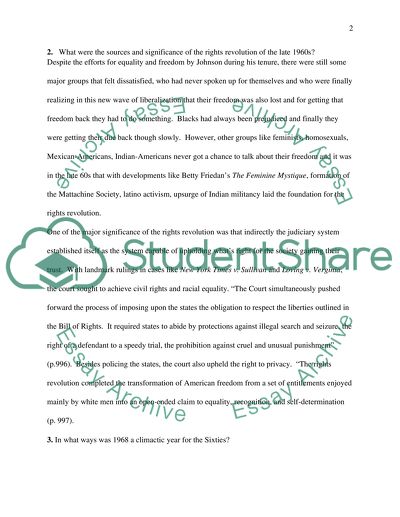Cite this document
(“Johnson's Great Society Programs Essay Example | Topics and Well Written Essays - 2000 words”, n.d.)
Johnson's Great Society Programs Essay Example | Topics and Well Written Essays - 2000 words. Retrieved from https://studentshare.org/history/1455834-final-exam-book-essay
Johnson's Great Society Programs Essay Example | Topics and Well Written Essays - 2000 words. Retrieved from https://studentshare.org/history/1455834-final-exam-book-essay
(Johnson'S Great Society Programs Essay Example | Topics and Well Written Essays - 2000 Words)
Johnson'S Great Society Programs Essay Example | Topics and Well Written Essays - 2000 Words. https://studentshare.org/history/1455834-final-exam-book-essay.
Johnson'S Great Society Programs Essay Example | Topics and Well Written Essays - 2000 Words. https://studentshare.org/history/1455834-final-exam-book-essay.
“Johnson'S Great Society Programs Essay Example | Topics and Well Written Essays - 2000 Words”, n.d. https://studentshare.org/history/1455834-final-exam-book-essay.


